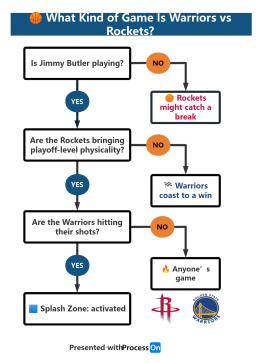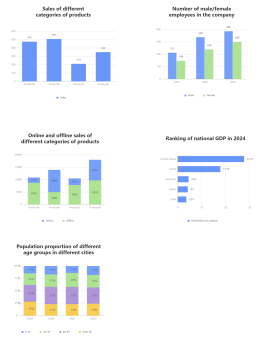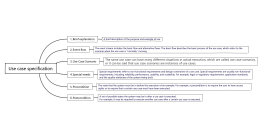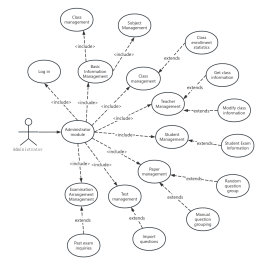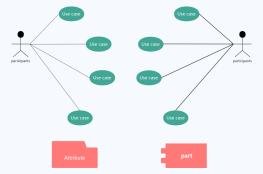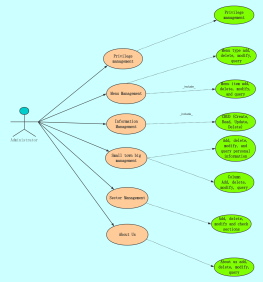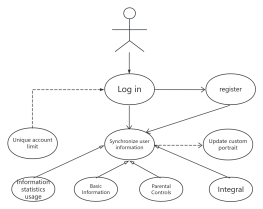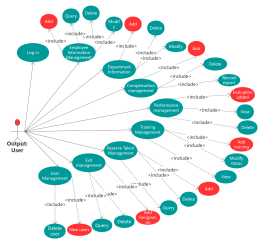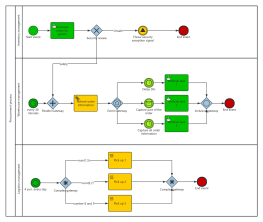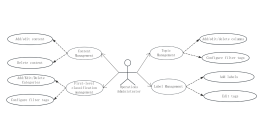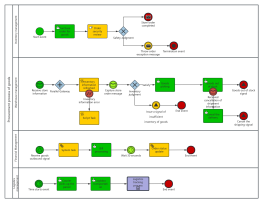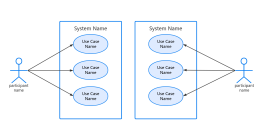UML use case specification
2024-09-09 10:04:29 171 0 Report 0
0
Login to view full content
This mind map serves as a comprehensive guide to UML use case specification, a crucial component in software engineering. UML use case specifications provide a structured format to describe the interactions between users and systems. The mind map outlines key elements such as event flow, detailing both basic and alternative processes, and use case scenarios, which illustrate various execution instances. It also highlights special needs, encompassing non-functional requirements like reliability and performance, as well as preconditions and postconditions that define the system's state before and after use case execution. This structured approach ensures clarity and efficiency in system design.
Other creations by the author
Outline/Content
Brief introduction
A brief description of the purpose and example of use
Event flow
The event stream includes the basic flow and alternative flows. The basic flow describes the basic process of the use case, which refers to the scenario when the use case is running "normally".
Use Case Scenario
The same use case can have many different situations in actual execution, which are called use case scenarios, or it can be said that the use case scenario is an instance of the use case.
Special needs
Special requirements refer to non-functional requirements and design constraints of a use case. Special requirements are usually non-functional requirements, including reliability, performance, usability, and scalability. For example, legal or regulatory requirements, application standards, and the quality attributes of the system being built.
Precondition
The state that the system must be in before the execution of an example. For example, a precondition is to require the user to have access rights or to require that a certain use case must have been executed.
Postcondition
A set of possible system states after the execution of a use case.
For example, it is required to execute another use case after a certain use case is executed.
For example, it is required to execute another use case after a certain use case is executed.
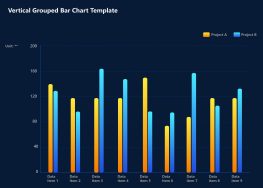
Collect
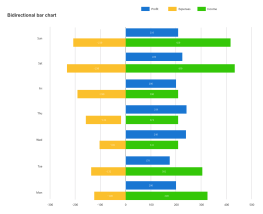
Collect
0 Comments
Next page
Recommended for you
More

